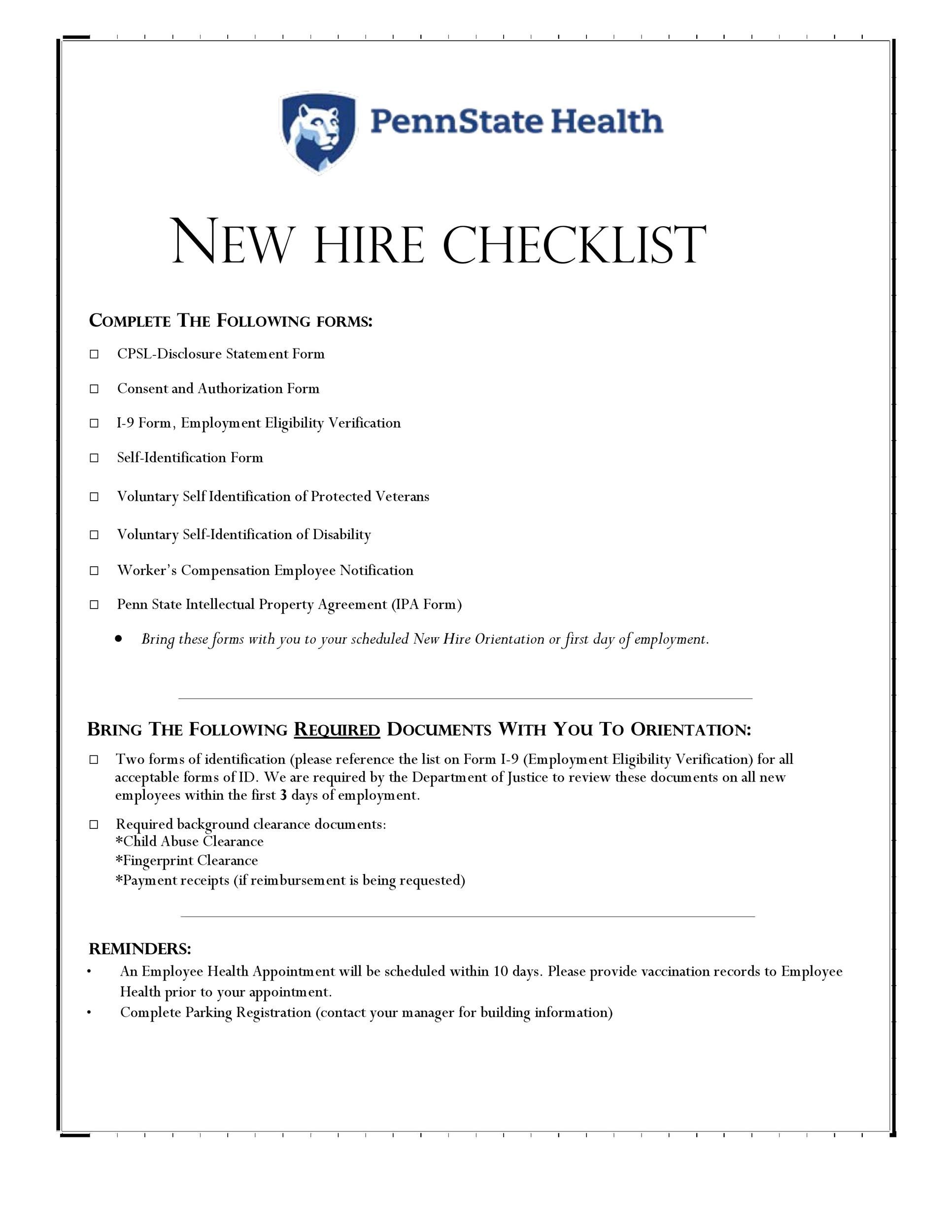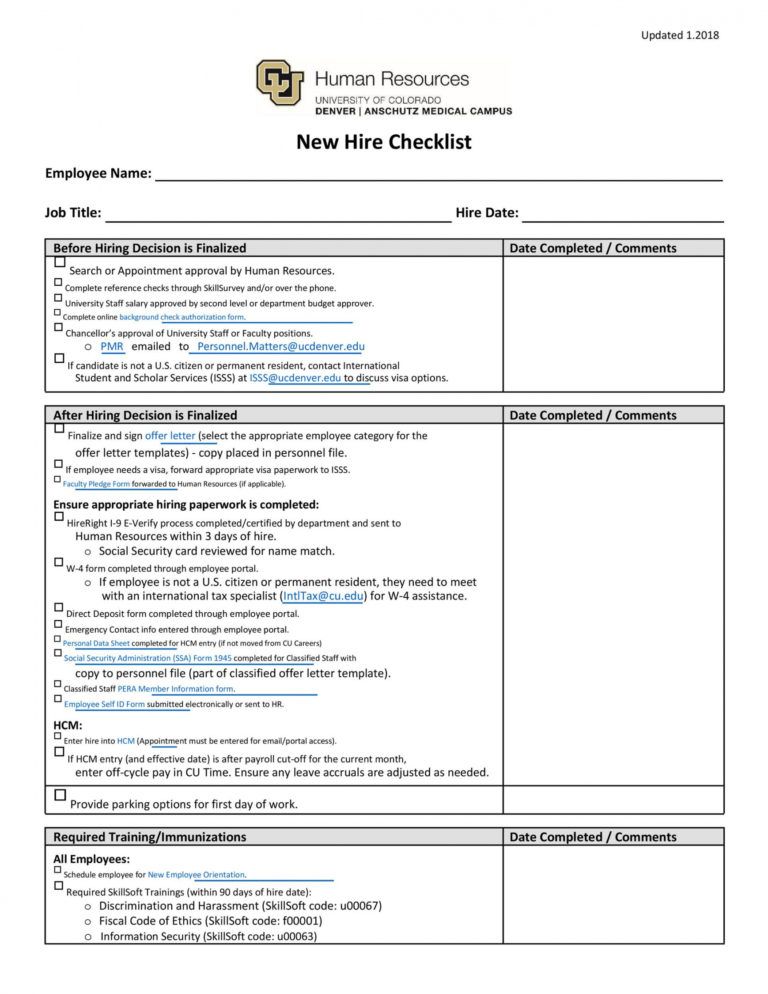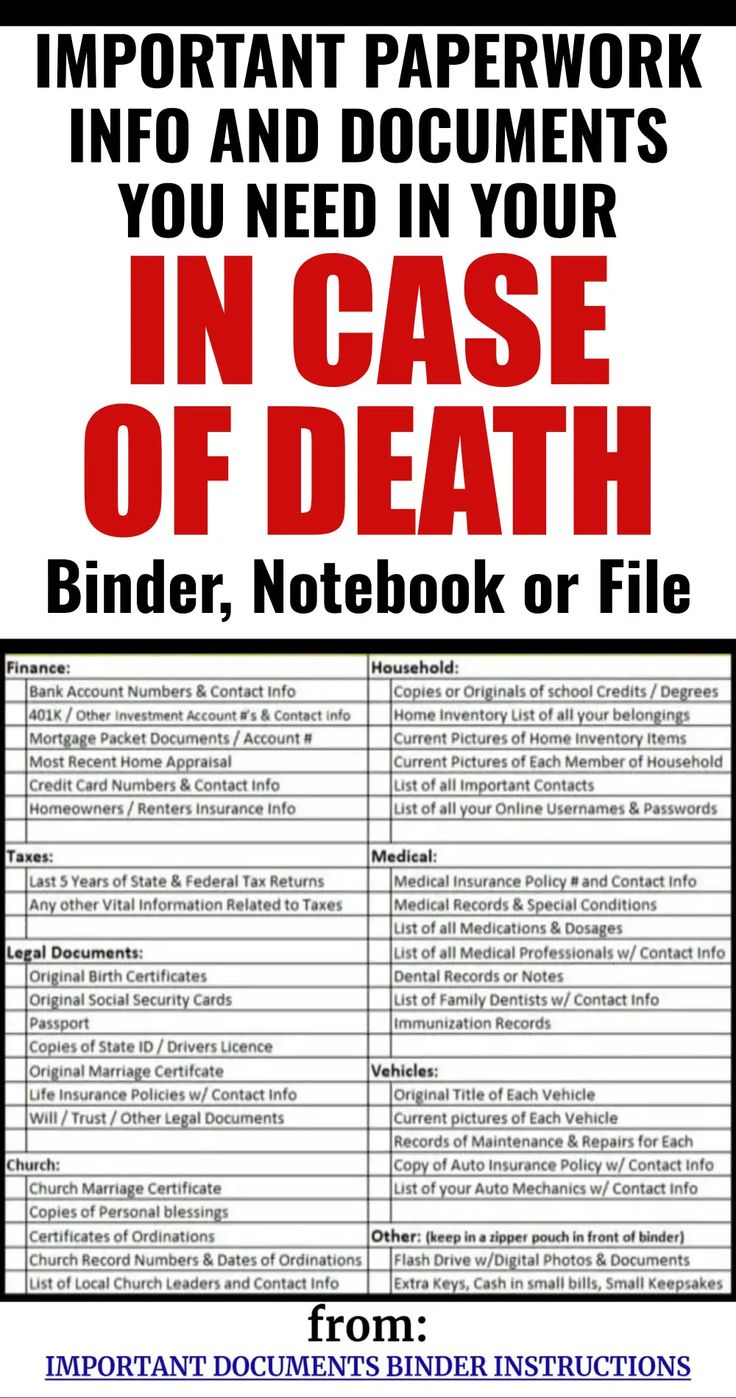5 Essential Items for New Hire Paperwork

In the modern workplace, efficient and accurate onboarding processes are crucial for setting new employees up for success. A pivotal part of this onboarding journey is the new hire paperwork. Ensuring that all the essential documents are prepared and ready when a new employee joins not only streamlines the process but also reflects positively on the company's professionalism. Here’s an in-depth look at the five essential items that should be included in new hire paperwork:
1. Employment Contract or Offer Letter

The employment contract or offer letter is the foundation of the employee’s relationship with the company. Here’s what should be detailed:
- Job Title: Clearly state the position the new hire is accepting.
- Start Date: Specify when the employee is expected to commence work.
- Compensation: Detail salary, bonuses, and any commission structures.
- Working Hours: Outline the regular working hours, expectations for overtime, and any shift work.
- Benefits: Include all benefits like health insurance, retirement plans, paid time off, etc.
- Confidentiality Agreements: Cover any necessary confidentiality or non-compete clauses.
- Termination Conditions: Explain the terms for ending employment.
📝 Note: Always review state or country-specific employment laws before finalizing any employment contract.
2. W-4 Form

The W-4 form (or equivalent in other countries) is critical for:
- Withholding the correct amount of federal income tax from the employee’s pay.
- Allows new hires to claim allowances to adjust the amount withheld.
This document ensures that new employees are aware of how their earnings will be taxed, promoting transparency from the outset.
3. Employee Handbook

An employee handbook outlines the expectations, culture, and policies of the company:
- Company Policies: Attendance, dress code, use of technology, etc.
- Benefits Details: How to enroll in company health plans or retirement schemes.
- Safety Procedures: Emergency protocols, workplace safety policies.
- Culture and Values: Understanding the company’s mission, vision, and values.
Having a well-drafted employee handbook provides a clear reference for employees, reducing misunderstandings and potential disputes.
4. Emergency Contact Information

Gathering emergency contact details is essential for:
- Crisis Management: Having a point of contact in case of a medical or workplace emergency.
- Next of Kin Notification: Notifying family or next of kin in unforeseen circumstances.
This information is kept private and used only in emergencies, reflecting a company’s care for its employees’ well-being.
5. Direct Deposit Authorization

In today’s digital age, setting up direct deposit:
- Facilitates easier, faster, and safer salary payments.
- Reduces the need for physical checks, lowering the risk of fraud.
Ensure that new hires provide their banking details to initiate this payment method.
In summary, preparing these five essential items of new hire paperwork ensures a smooth and professional onboarding process. Each document plays a crucial role in setting the tone for an employee’s journey with the company. A well-prepared onboarding process not only conveys organization and care but also provides a legal framework for employment which benefits both the employer and employee.
Why is it important to include a confidentiality agreement in new hire paperwork?

+
Confidentiality agreements protect sensitive company information and trade secrets, ensuring that employees do not disclose proprietary information to competitors or unauthorized individuals.
Can the employment contract be changed after it has been signed?

+
Yes, but changes to an employment contract typically require the consent of both the employee and employer. Mutual agreement and sometimes legal advice might be needed to modify terms effectively.
What should I do if an employee refuses to complete the W-4 form?

+
The W-4 form is required by law for tax withholding purposes. If an employee refuses, discuss the implications of non-compliance and consider seeking HR or legal advice to navigate the situation.
How often should an employee handbook be updated?

+
An employee handbook should be updated annually or whenever there are significant changes in company policy, law, or business practices to keep employees informed of current expectations and rights.



